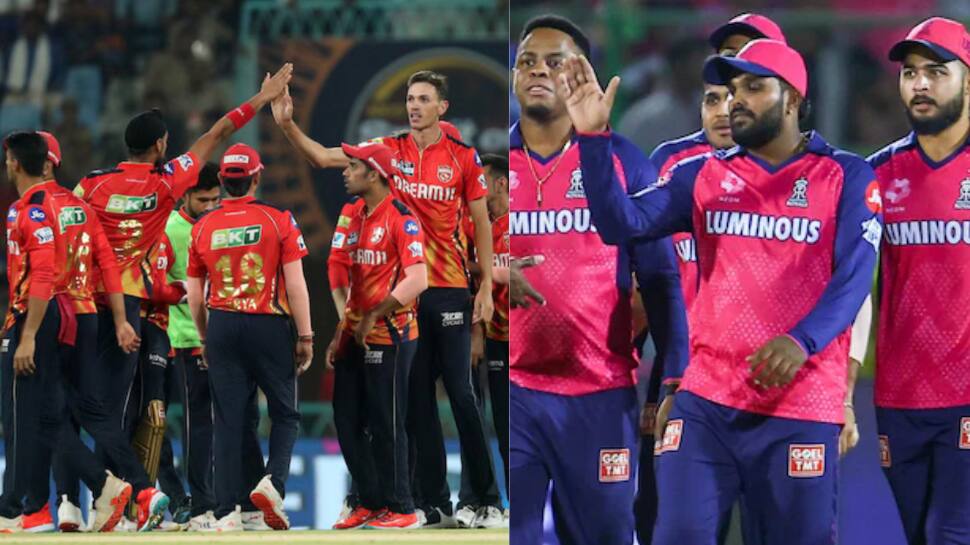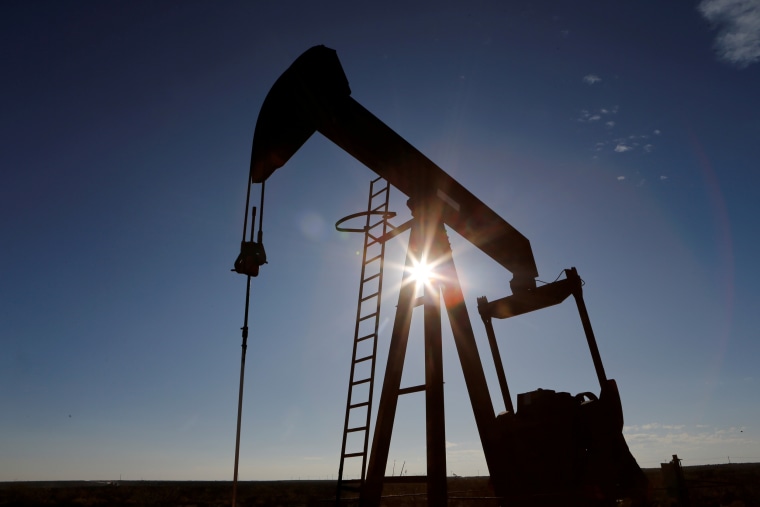Where history whispers through every cobblestone: Welcome to Jaipur

Nestled in the heart of Rajasthan, Jaipur stands out as a vibrant fusion of old and new. Often referred to as the 'Pink City' due to its distinctly colored buildings, this city offers a feast for the senses. From its rich cultural heritage, and bustling markets, to its majestic palaces and forts, Jaipur encapsulates the essence of Indian traditions and architectural grandeur. Join us as we embark on an enchanting journey to discover the multifaceted charm of Jaipur.
History of Jaipur
Establishment of Jaipur by Maharaja Sawai Jai Singh II
Jaipur, now commonly known as the Pink City, was established in 1727 by Maharaja Sawai Jai Singh II, the ruler of Amer. The city was meticulously planned under the architectural guidance of Vidyadhar Bhattacharya, following the principles of Vastu Shastra, the classical Indian theory of architecture and construction. Positioned strategically in Rajasthan, the city served as a robust capital, melding cultural heritage with the emerging needs of a modern city during that period. Unique for its organized street grid and uniform architectural features, Jaipur was designed to be a city ahead of its time.
Significance of the Pink Color
The iconic pink color that defines Jaipur was not part of the original design. In 1876, Maharaja Ram Singh decided to paint the entire city in pink, a color traditionally associated with hospitality, to welcome the Prince of Wales (later King Edward VII) on his visit to India. This warm, welcoming gesture was so well received that Jaipur continued to maintain this distinct identity. To this day, the law mandates that the buildings be painted in shades of pink, thus preserving the heritage and ensuring the city remains true to its nickname, "The Pink City."
Architectural Marvels
Hawa Mahal (The Palace of Winds)
One of Jaipur's most distinctive landmarks, the Hawa Mahal, or 'Palace of Winds,' was built in 1799 by Maharaja Sawai Pratap Singh. This extraordinary five-story structure, made of red and pink sandstone, features 953 small windows, or 'jharokhas,' which were designed to allow the royal women to observe street festivals while remaining unseen from the outside. The façade’s intricate latticework provides a brilliant breeze (hawa), which naturally cools the building during the warm months, a testament to the architectural ingenuity of the era.
Amer Fort
Perched on a hill overlooking the Maota Lake, Amer Fort serves as a majestic reminder of Rajputana's military prowess and artistic sensibility. Constructed by Raja Man Singh in 1592, this grand fort combines Hindu and Mughal architectural influences and is renowned for its stunning Sheesh Mahal (Mirror Palace), exquisite wall paintings, and intricate ivory and stone carvings. Visitors are often mesmerized by the fort’s majestic ambiance and the panoramic views it offers of the surrounding countryside.
City Palace
Located at the heart of the Old City, the City Palace is a vast complex that reflects a fusion of Rajasthani and Mughal architectural styles. Built by Maharaja Sawai Jai Singh II between 1729 and 1732, the palace complex comprises several buildings, pavilions, gardens, and temples. Among these, the Chandra Mahal and Mubarak Mahal are particularly notable. The palace not only served as the seat of the Maharaja but is also famous for its museum which houses ancient manuscripts, costumes, and weapons, giving visitors a deeper insight into the regal lifestyle and rich history of Rajasthan.
Traditional Rajasthani Cuisine
The cuisine of Rajasthan is a splendid array of colorful, spicy, and unique dishes with each bite telling a story of its own. In Jaipur, you can indulge in local favorites such as Dal Baati Churma, Laal Maas, and Ker Sangri. Dal Baati Churma is a celebrated dish consisting of spicy lentils, baked bati dipped in ghee, and sweet churma. Laal Maas is a fiery meat curry prepared with a yogurt-based marinade and hot spices that echo the spiritedness of Rajasthan. Street foods like Pyaaz Kachori and Ghevar also showcase Jaipur's culinary landscape. These dishes are best enjoyed in the lively eateries in the old city or finer traditional restaurants around the city.
Vibrant Markets and Handicrafts
Jaipur’s markets such as Johari Bazaar, Bapu Bazaar, and Tripolia Bazaar are the heart of its artisan culture. These bustling markets offer everything from exquisite gemstones and silver jewelry to skillfully crafted textiles and marvelous blue pottery. The city is also famous for its marble sculptures, and intricately woven carpets. Shopping in these markets isn't just about buying, but immersing yourself in the local culture and observing centuries-old craftsmanship methods right before your eyes.
Folk Music and Dance Performances
The traditional music and dance performances in Jaipur are profound representations of its cultural heritage. The haunting melodies of the Ravanahatha, a string instrument played by local tribes, resound in the cultural spaces of Jaipur. Dance forms like Ghoomar, which involve graceful twirls by dancers in vibrant attires, and Kalbelia, known as the serpent dance, are not merely performances; they are experiences laden with storytelling and emotion. These acts are often seen during local festivals and in cultural centers across the city.
Teej Festival
The Teej Festival, heralding the onset of monsoon, is a special occasion dedicated to Goddess Parvati and her union with Lord Shiva. Women dressed in green clothes swing on beautifully decorated swings, sing songs, and perform traditional dances. The procession of the goddess in an ornate palanquin through the Old City is a splendid sight. It's a celebration rich in rituals and adorned with splendor, drawing visitors from all over to witness.
Jaipur Literature Festival
Internationally renowned, the Jaipur Literature Festival is a vibrant literary event attracting authors, thinkers, and literature enthusiasts from around the globe. Held annually in the historic Diggi Palace, the festival features a variety of discussions, debates, and lectures. It serves not only as a platform for intellectual exchange but also celebrates the literary heritage of India and the world. This festival has effectively become a cultural hallmark of Jaipur, showcasing both traditional Rajasthani arts and global literary trends.
What's Your Reaction?

























:max_bytes(150000):strip_icc()/GettyImages-80487462-59833fb6d088c000112fcc2c.jpg)





/https://tf-cmsv2-smithsonianmag-media.s3.amazonaws.com/filer/b6/30/b630b48b-7344-4661-9264-186b70531bdc/istock-478831658.jpg)






)


























:max_bytes(150000):strip_icc()/GettyImages-173607153-3eb9caf873014f9ab2e3c11cf071d2c9.jpg)

















)



